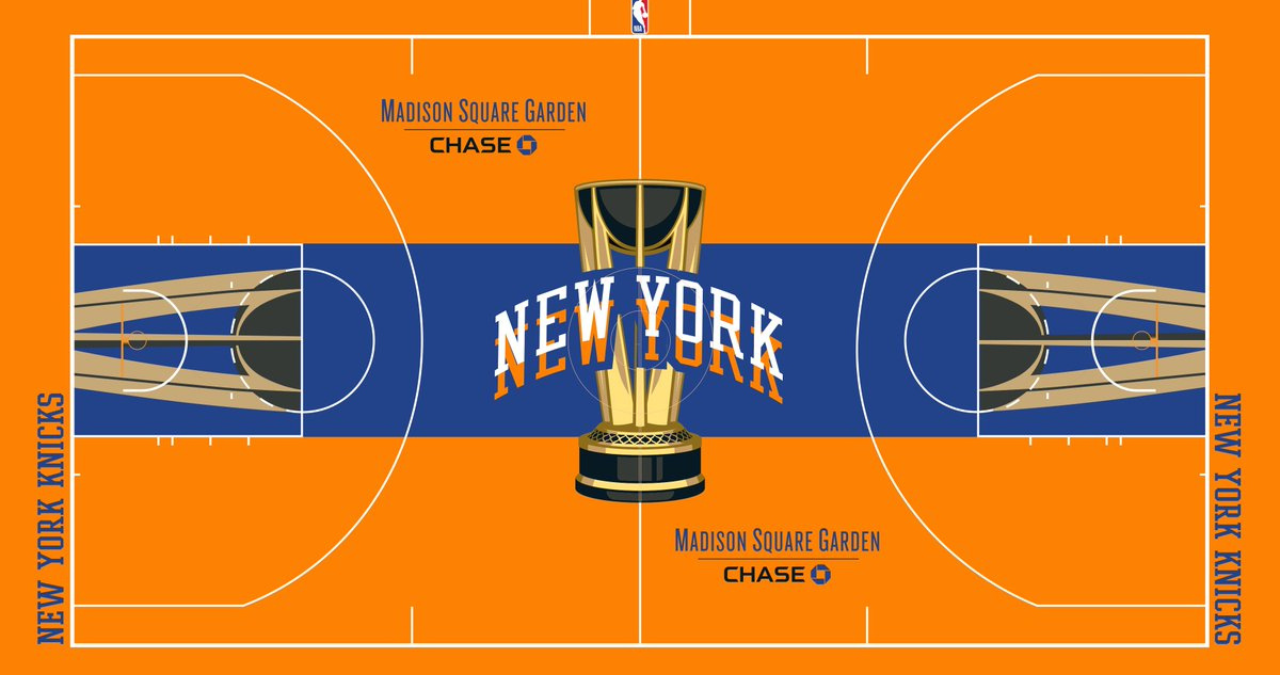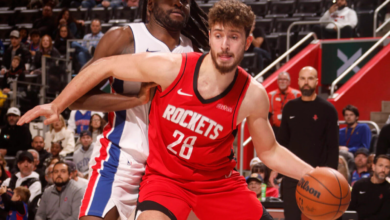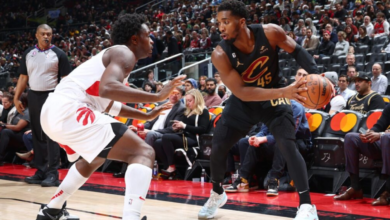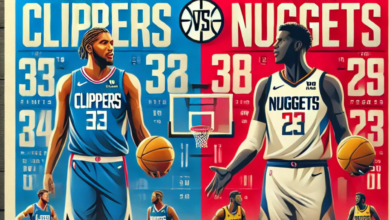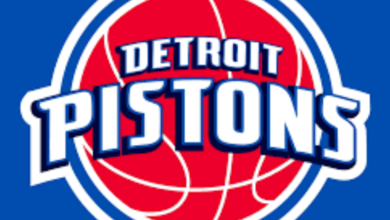Introduction
In-season tournaments have revolutionized the world of sports, offering a dynamic blend of competition and spectacle. These tournaments—often nestled within the regular season—bring fresh excitement to fans and players alike. At the heart of these events lie specialized tournament courts, which serve as more than just playing surfaces. They are canvases for innovation, storytelling, and engagement. This article dives into the multifaceted world of in-season tournament courts, exploring their design, significance, and impact on players and audiences.
The Role of In-Season Tournaments in Modern Sports
Evolution of In-Season Tournaments
In-season tournaments are not a recent phenomenon; they have roots tracing back decades. However, their prominence has surged in recent years, with leagues like the NBA introducing them to break the monotony of the regular season. These tournaments often feature unique formats, heightened stakes, and exclusive rewards that distinguish them from regular games. Tennis, for instance, has long embraced in-season tournaments as stepping stones to Grand Slams, building anticipation and sharpening player competitiveness.
Importance of In-Season Tournaments
These tournaments breathe life into the sporting calendar, offering a mid-season crescendo that captivates audiences. Players are motivated by the opportunity to compete for unique accolades, while fans relish the high-stakes atmosphere. Beyond competition, these events foster community spirit and amplify global engagement, drawing attention from casual and die-hard fans alike.
Designing Tournament Courts: A Fusion of Art and Utility

Aesthetic Innovations
Tournament courts often double as artistic showcases. Designers use vibrant colors, intricate patterns, and bold branding to create a visual identity that resonates with the event’s theme. Take the NBA’s “City Edition” courts, for example, which reflect the culture and history of their respective cities. These designs do more than please the eye; they leave a lasting impression on viewers and become synonymous with the event itself.
Functional Features
While aesthetics are crucial, functionality is equally important. Tournament courts are engineered to enhance player performance and ensure safety. Tennis courts, for instance, vary in material—clay, grass, or hardcourt—each impacting ball speed and player movement differently. Basketball courts may incorporate advanced surface technology to reduce fatigue and injuries. Such innovations underscore the delicate balance between form and function.
Sustainability in Court Design
As sustainability takes center stage across industries, sports are no exception. Many tournament organizers now prioritize eco-friendly practices in court construction. This includes using recycled materials, minimizing waste, and adopting energy-efficient lighting. These initiatives align with global efforts to reduce the environmental impact of large-scale events, demonstrating how sports can lead by example.
Impact of Tournament Courts on the Game and Its Audience
Players’ Perspective
For players, tournament courts can be game-changers. The surface and design elements influence performance and strategy. For instance, clay courts in tennis favor baseline players, while grass courts benefit serve-and-volley specialists. Beyond the physical aspects, the unique ambiance of tournament courts can provide an adrenaline boost, elevating players’ mental focus and determination.
Fan Experience
Fans play a pivotal role in the success of in-season tournaments, and the courts are designed with their experience in mind. Eye-catching visuals enhance broadcast quality, making games more engaging for viewers at home. For those in attendance, courtside aesthetics and interactive features create a sense of immersion. This dual focus ensures that fans feel connected to the event, regardless of their location.
Cultural and Commercial Influence
In-season tournament courts are powerful cultural symbols. They celebrate local traditions, honor legends, and tell compelling stories. Moreover, they serve as lucrative platforms for sponsorships and branding. From court-side advertisements to merchandise inspired by court designs, these elements generate significant revenue while deepening the connection between sports and commerce.
Iconic Examples of In-Season Tournament Courts
Memorable Court Designs Across Sports
Certain tournament courts have become iconic in their own right. The vibrant blue of the Australian Open hardcourts, the red clay of Roland Garros, and the lush green grass of Wimbledon each evoke distinct memories for tennis fans. In basketball, the NBA’s City Edition courts—with designs like Miami Heat’s “Vice” theme—have garnered widespread acclaim for their creativity and cultural relevance.
Lessons from Successful Designs
What makes these courts unforgettable? It’s the seamless blend of aesthetics, functionality, and storytelling. They resonate with fans, inspire players, and elevate the event’s profile. For organizers, these examples highlight the importance of investing in design and innovation to create courts that stand the test of time.
Conclusion
In-season tournament courts are far more than playing surfaces; they are vibrant expressions of artistry, culture, and innovation. By combining cutting-edge design with functional excellence, these courts elevate the sports experience for players and fans alike. As sports continue to evolve, so too will the designs and technologies that shape these iconic arenas. The future promises even more exciting developments, ensuring that in-season tournaments remain a highlight of the sporting calendar.
FAQs
Q1. What is the primary purpose of in-season tournament courts?
A: They enhance player performance, engage fans, and reinforce the event’s branding and identity.
Q2. How do tournament courts differ from regular-season courts?
A: Tournament courts feature unique designs, tailored branding, and often specialized materials or configurations.
Q3. Are tournament courts standardized across sports?
A: No, they vary widely depending on the sport, event, and venue.
Q4. How do tournament courts influence player performance?
A: Surface type, materials, and design elements can affect gameplay, strategy, and even psychological readiness.
Q5. Are there sustainability initiatives for tournament courts?
A: Yes, many organizers use recycled materials, energy-efficient lighting, and other eco-friendly practices to minimize environmental impact.
Q6. What are some of the most famous in-season tournament courts?
A: Examples include the Australian Open hardcourts, Roland Garros clay, Wimbledon grass, and the NBA’s City Edition courts.
You May Also Read:https://techlivenews.co.uk/golden-state-warriors-vs-orlando-magic-stats/
